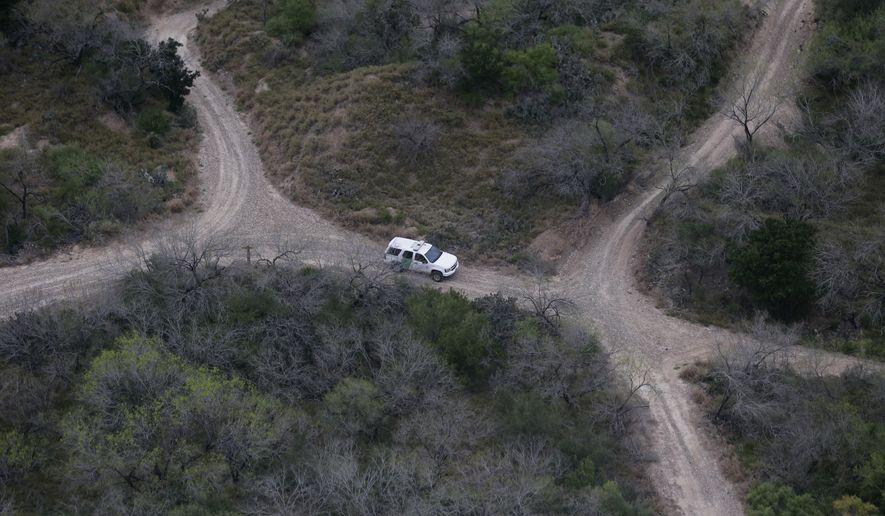The debate over legalizing illegal immigrants was “a primary cause” of last summer’s surge of Central Americans jumping the U.S.-Mexico border, the Government Accountability Office reported Friday, citing surveys of U.S. officials on the ground in Guatemala, Honduras and El Salvador.
Crime, gang violence and poverty played major roles in pushing tens of thousands of illegal immigrant children to make the trek, and, to a lesser degree, so did abuse at home and lack of access to good schools.
But the children were also pulled to the U.S. by ties to family already living here and by the belief that even if they crossed illegally, they would be given citizenship, the GAO said after surveying State Department, Homeland Security Department and U.S. Agency for International Development workers in each of the three countries.
“For example, the State official’s response for Honduras reported that some Hondurans believed that comprehensive immigration reform in the United States would lead to a path to citizenship for anyone living in the United States at the time of reform,” the GAO said.
About 60,000 illegal immigrant children from Mexico and the three key Central American countries, traveling without their parents, crossed into the U.S. in fiscal year 2014, with 10,000 coming in May and another 10,000 in June alone.
Tens of thousands more family units — usually mothers with children — also came across, though they have gotten less attention than the unaccompanied minors.
The administration belatedly took steps to combat the surge, including pleading with Central American governments to try to do more to discourage their citizens from making the journey, and vowing — with varying degrees of success — to try to quickly return the illegal immigrants caught.
President Obama and his top lieutenants said many of the children were fleeing unspeakable violence back home and should be considered refugees.
Mr. Obama also initially downplayed the role immigration policies in the U.S. had in enticing the illegal crossings, blaming the “push” factors in Central America and discounting any “pull” factors in the U.S.
But Border Patrol agents said most of the children they interviewed believed they could earn tentative status in the U.S. thanks to lax enforcement of immigration laws, and the GAO study backs that up.
Even if the children weren’t eligible for asylum or legal status when they arrived, deportations could take years, giving the youths a chance to disappear into the shadows along with the 11 million illegal immigrants already in the U.S.
U.S. officials in Honduras said children fleeing that country were also likely reuniting with family that had fled during political crises there in 2009 and 2010.
“The USAID official’s response noted that because of the combined crises large numbers of Hondurans immigrated to the United States and that these migrants now have the means to send for the children they left in Honduras,” the GAO reported.
Investigators said smugglers “spread misinformation” about U.S. policies, which also enticed illegal immigrants.
The number of children crossing the southwest border is running about 40 percent lower this year compared to the first four months of fiscal year 2014, though apprehensions of family units are running only slightly behind last year’s pace.
Officials from the three agencies said they’ve created new programs in each of the three Central American countries to try to combat the push factors such as poverty or rising crime rates.
One of those programs was an information campaign to try to convince would-be crossers of the dangers of the journey and to tell them they were wrong to believe they could gain legal status by making it to the U.S.
• Stephen Dinan can be reached at sdinan@washingtontimes.com.




Please read our comment policy before commenting.